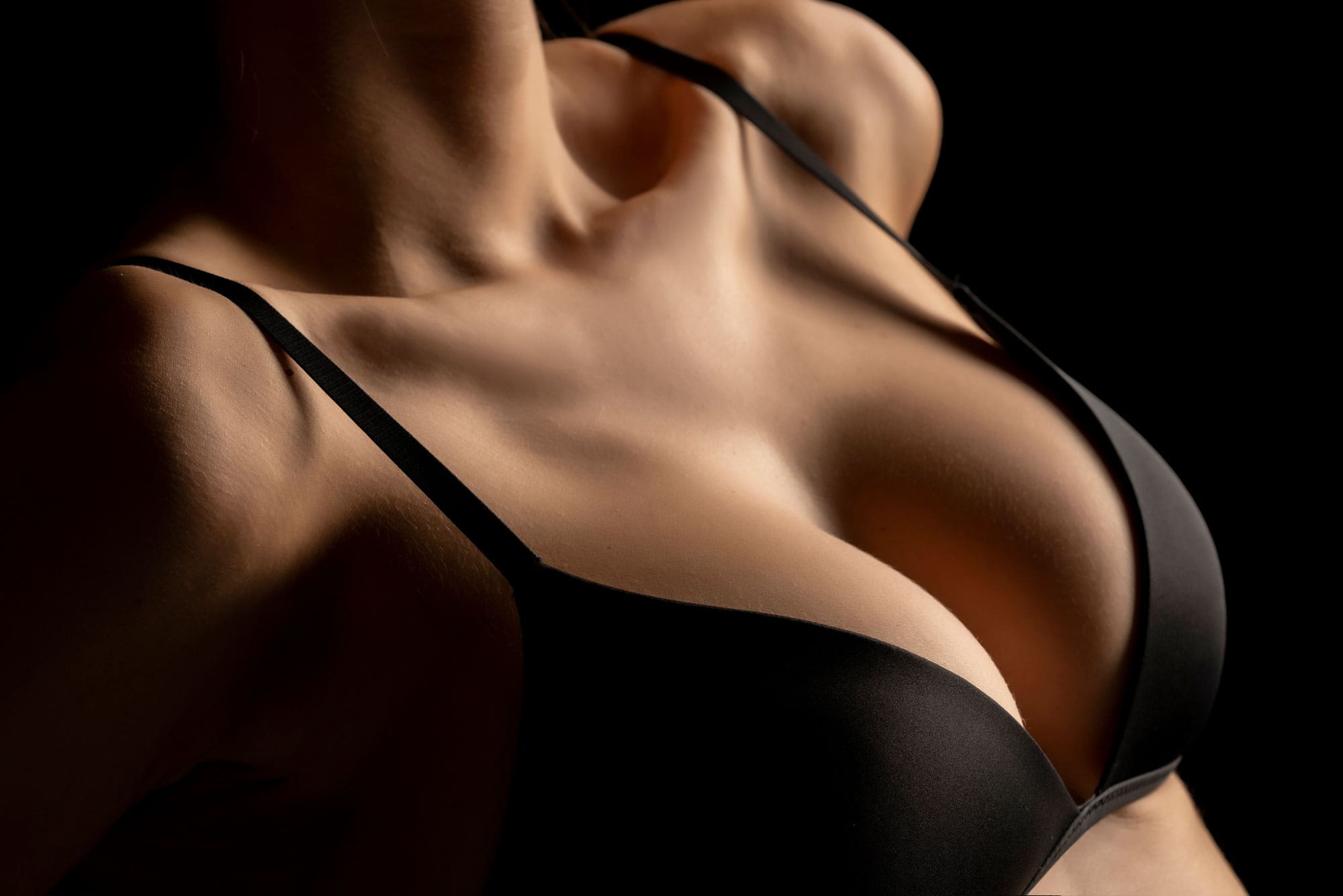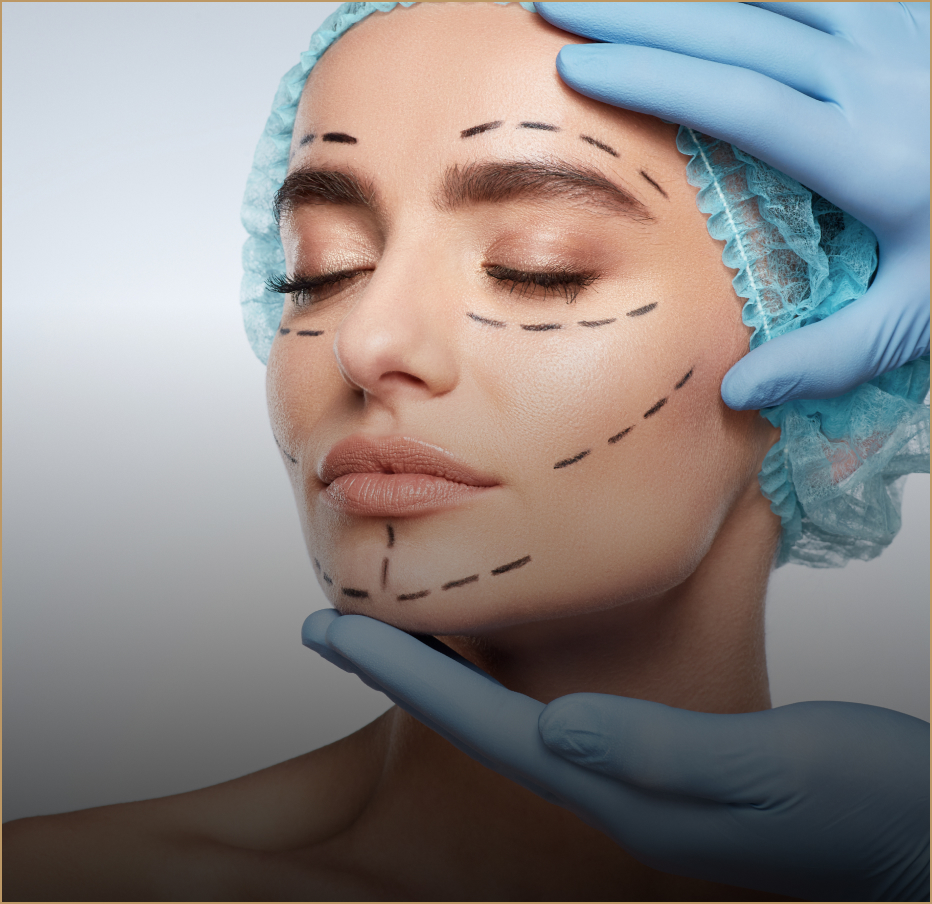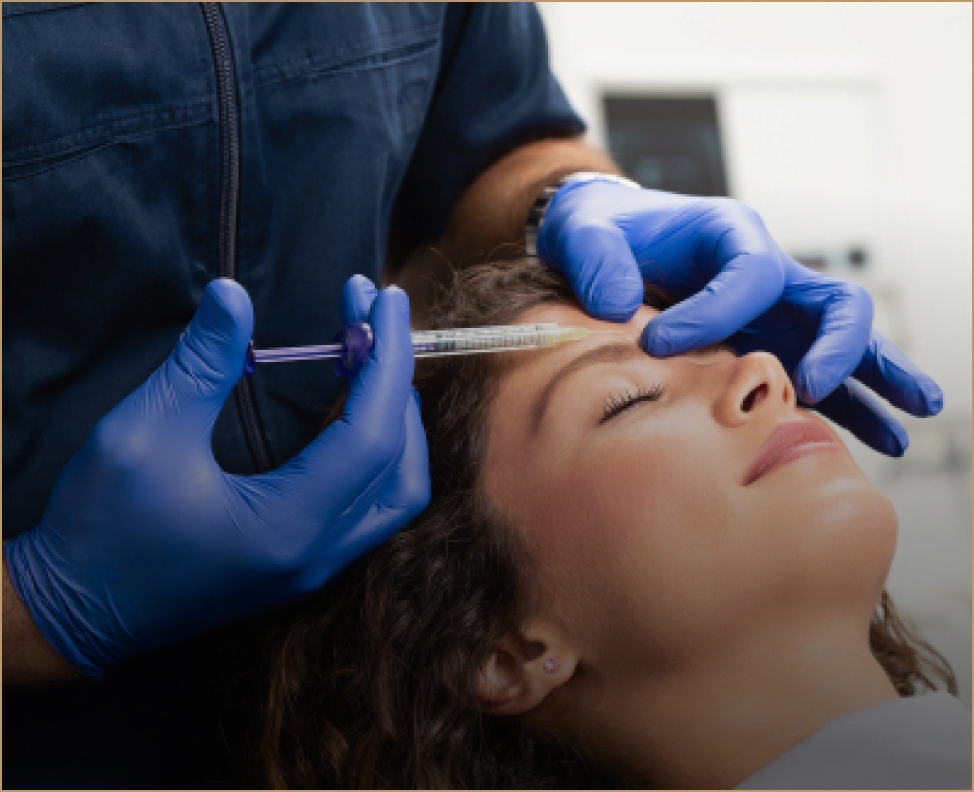Absolutely! Many patients who think they have chronic sinusitis due to significant facial pressure or headaches, oftentimes are really suffering from myofascial pain syndrome or tension-type headaches. And surprisingly, Botox injections can actually improve these kinds of headaches, and in some cases, completely eliminate them.
Botox for Migraine Headaches
There have been various studies showing significant improvement of headaches with Botox, but ultimately, these improvements will vary on a case-by-case basis. Botox was approved a decade ago as a recommended treatment for adults who get chronic migraine headaches. This is indicated for patients with a history of migraine headaches where they have headaches for more days of the month than not, and at least eight of those headaches are classified as migraine headaches (versus tension headaches). It has become the number one prescribed branded chronic migraine treatment to date and over 3.3 million Botox treatments have been used to treat over 500,000 people.
Why Does Botox Work for Migraine Headaches?
More research is required, but many physicians believe Botox works for migraine headaches because it blocks neurotransmitters from carrying pain signals from the regions that hold tension (like your temples, sinus bridge, neck or shoulders) to your brain. It also relaxes or loosens your muscles.
If I Receive Botox Injections for Migraine Headaches, How Long Do They Last?
Most patients see results between two and three weeks after their first treatment and maintain an ongoing injection schedule with their physician to lessen or ultimately prevent headaches.
Because every patients metabolism is different the frequency with which she will need Botox injections will vary. On average, patients return for their next round of treatment every three months (or about four treatments a year).
Can I Still Take My Normal Chronic Migraine Medicine?
You should discuss your treatment options with your regular physician as well as your Botox specialist — but in general, Botox is a preventative treatment whereas your regular chronic migraine medication is likely a reactionary or acute treatment. Botox prevents the migraine from coming versus an acute treatment reduces the pain or shortens the length of the migraine after it’s already begun.
Botox for Sinus Pressure and Allergies
Patients who suffer from seasonal allergies might also find some relief in Botox injections. Researchers find that the same mechanisms in Botox that control the muscles under our skin can also reduce the severity of nasal symptoms that accompany allergic rhinitis. When compared against a placebo, findings suggest that Botox helped with itching, sneezing and congested nose for up to eight weeks. This was a small study, only 34 patients, and the injection site was atypical for Botox injections — so more research is warranted.
You should only receive Botox treatments from a doctor who’s trained to give these shots for symptom relief. Additional education and experience are needed, especially if the injection is not intended for wrinkles or other cosmetic uses. The providers at Quintessa are double board-certified, medical providers and would be happy to answer your questions during a personalized consultation.
How are Botox Injections for Medical Reasons Different from Cosmetic Reasons?
Botox injections for medical reasons are very similar to the injections you might receive to treat wrinkle lines and your total appointment time shouldn’t take any longer than 15 minutes. One major difference, however, is that you may receive more injections and use different injection sites when you are using Botox for medical reasons. For example, physicians may use between 30 and 40 injections when their patient is receiving injections for migraine headaches. This sounds like a lot, but many clients describe it as a tiny pinch or pinprick and most agree that the sensation is better than experiencing constant migraine headaches, day in and day out.
Botox Side Effects
Patients may experience some neck pain or headaches immediately after their treatment and this discomfort around the injection sites usually fades in a day or so. Additional side effects are extremely rare, but you should immediately call your physician if you think you might be experiencing any allergic reactions, including: hives, shortness of breath, or swelling in your lower legs.









